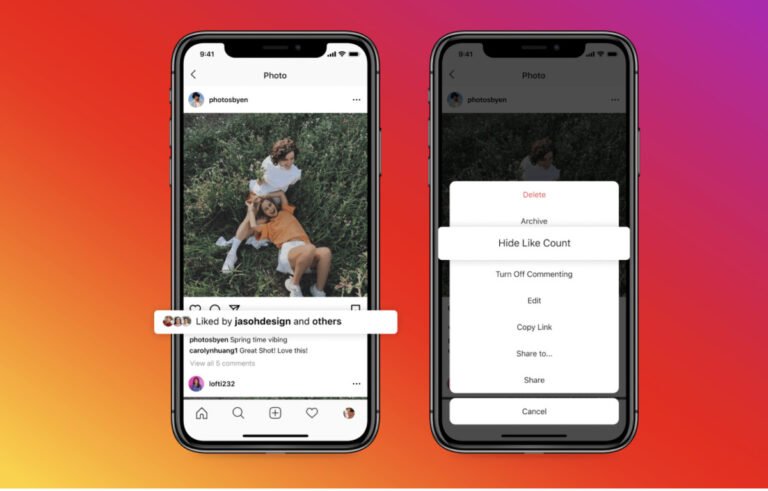
The intriguing scenario of sending a cold email: Will it immediately be classified as spam? Is it going to be opened? Will it be read in any capacity before being consigned to the trash?
Cold emailing, if done right, can be used to find new customers and get leads. In contrast to spam emails, cold emails give potential customers or clients something of value in exchange for nothing more than a click or a response.
This article will discuss a complete guide to cold emailing and how it can be done right.
What exactly is meant by the term “cold email”?
Table of Contents
A “cold email” is sent to a receiver who has never interacted with you or your company. This is one meaning of the term “cold email.” You may even find tons of cold emailing software on your research journey.
It is a cold email sent to prospects who have not yet shown any interest in doing business with you. This is done with the expectation that they would take action on your behalf, such as registering for a free trial, organizing a demo or meeting, downloading a video, etc.
How to write a Cold Email
Start With “From”
The “from” line should come first. When prospects look at this field, they can see who sent them the message. This one sentence could make or break whether or not the person you’re writing to reads the rest of your email.
It’s essential to gain credibility and respect in this situation. There are a few ways to go, depending on who you want to reach and what you want to say. One sure way is just to say your name and your job title.
You could also use your first (and/or last) name and the name of your business. Make sure that this part fits in with the rest of your message. For example, the first name with a company name is more casual than a full name with a title.
The Subject Line
The next step is to come up with an exciting title. Please don’t pitch your idea right now. Instead, be clear and to the point when you talk about the email’s subject. Think about what you’re doing for your potential customers, like giving them a free tool, a discount on a service, a chance to network, or a solution to a problem they’re having.
Keep your subject line to 60 characters or ten words if you can. You can be sure that even on a small screen, the person you want to see the subject line will be able to see it all.
Putting a prospect’s name in the subject line will make it more likely that they will answer. In addition, personalizing your email instead of sending a generic message shows that you care about the person you are communicating with.
Finally, avoid making a sales pitch. Instead, tell the potential customer what they will get from your offer.
Introduction
Developing a connection with your potential customer is something you should get started on right away. You may recall the discussion about personalizing your email before. Don’t talk about yourself or your company at any point. Instead, focus on the opportunities that exist.
Body
Be brief and to the point in the main body of your email. In the first few sentences of your email, get right to the point and say why you’re writing. Some people may only look at your email for a few seconds before moving on. Whether or not a prospect keeps reading depends on how interested they are.
You might find it helpful to make a bulleted list of your services and tailor it to each possible client. This way, your email will be easier to read quickly. Don’t be afraid to back up what you say with proof, like your success with another customer who used the same or similar services.
CTA
Tell people what you want them to do at the end of your email. Plan what you want the prospect to do before you send the follow-up email. A response could be anything from someone reading your email and answering it to someone going to your website. Your call to action should be clear and to the point. It would help if you didn’t come off as demanding.
Don’t make the call to action too hard to understand. Simple requests, like signing up for your newsletter or email list, may get more responses.
Signature
It is now time for you to end this message. It is essential to indicate your name and position when appropriate. Your signature is as important as the “From” line when establishing credibility and authority.
Conclusion
When it comes to cold email, there is no specific way to get a response. Reaching out to individuals may have varying levels of success depending on the circumstances. The email’s subject line, value proposition, timing, template, customization, etc., may all need to be revised. On the other hand, you shouldn’t be reluctant to test out new elements of your marketing.





